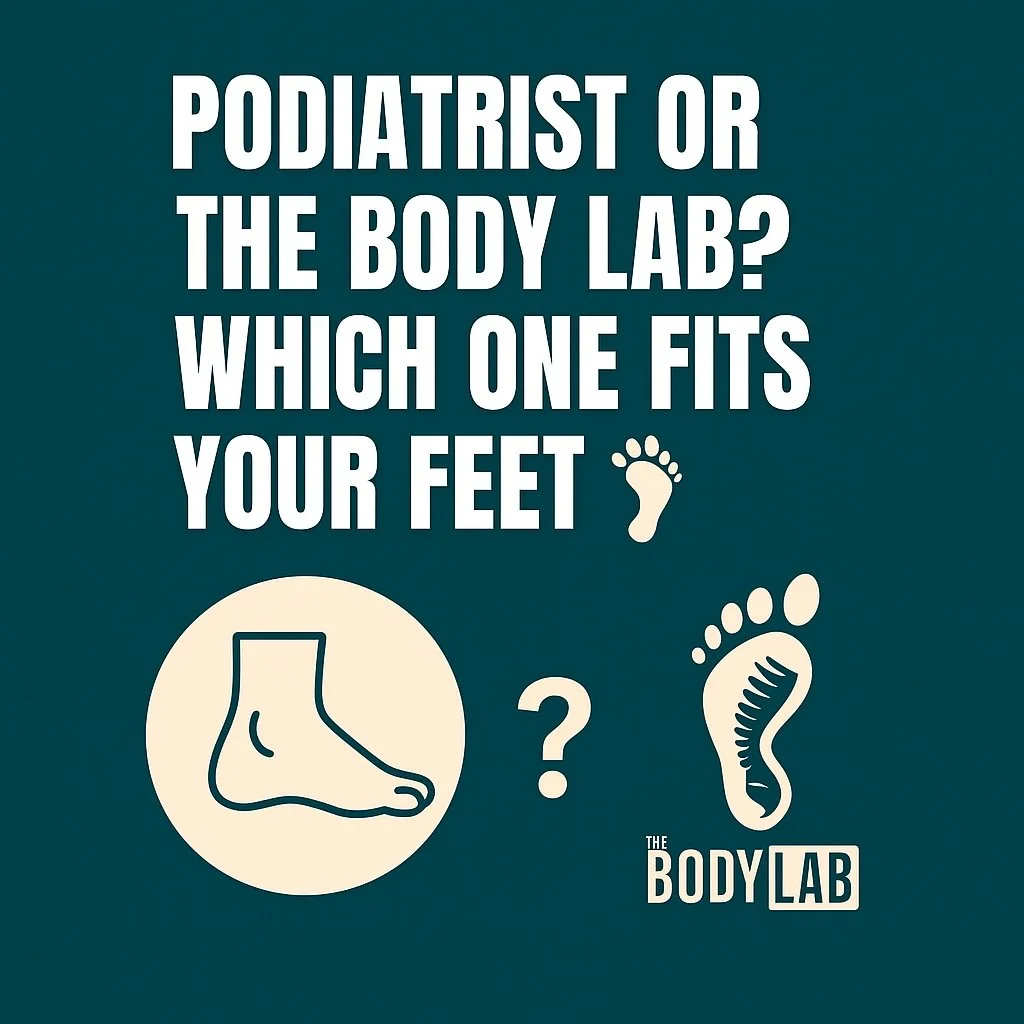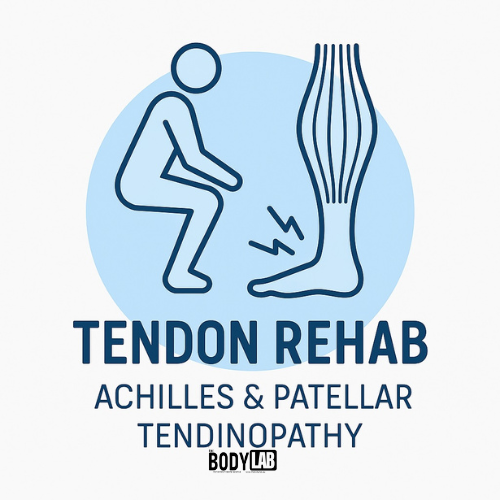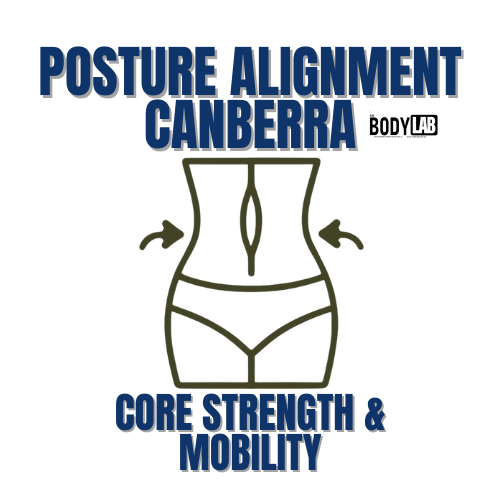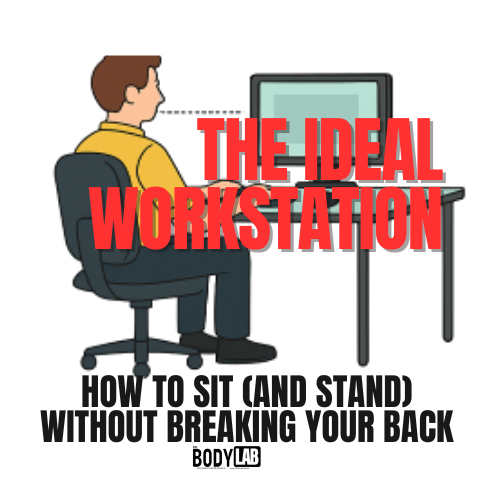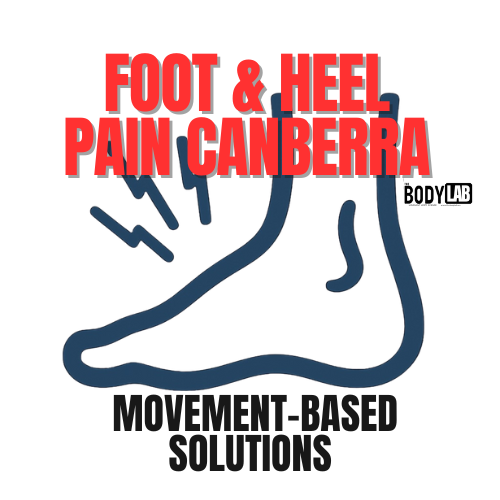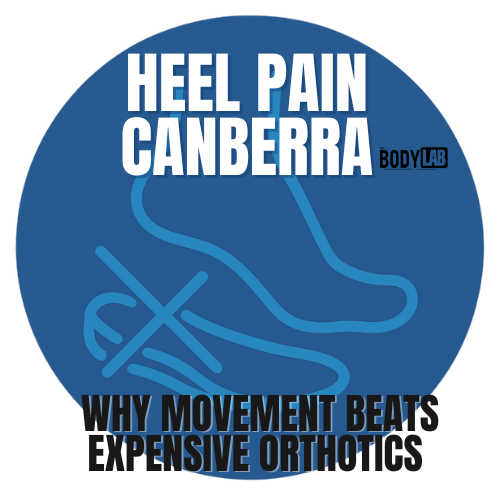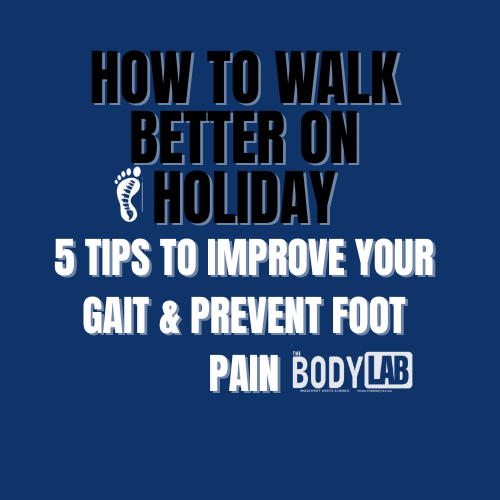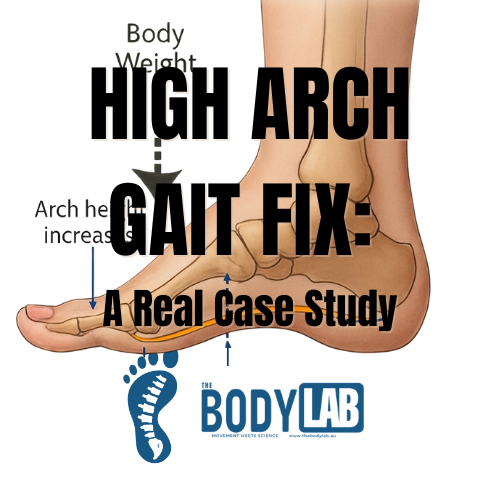Exercises to Get Your Hips Pain-Free
Hip Pain Relief
Hip pain can be a serious obstacle to living an active, comfortable life. Whether it’s caused by injury, tightness, or overuse, it can affect your mobility and limit your ability to enjoy daily activities. Fortunately, specific exercises can relieve hip pain and improve hip strength, flexibility, and mobility. This post will explore a range of exercises that help you build strong, pain-free hips, keeping you moving easily and efficiently.
What is the Hip Joint?
The hip joint is one of the largest and most critical joints in the body, responsible for supporting weight and enabling movement in multiple directions. It is a ball-and-socket joint where the rounded head of the femur fits into the acetabulum of the pelvis. This joint is stabilized by strong muscles, ligaments, and a complex structure of tendons that allow for movement while maintaining stability. Dr. Michael Gagnon, a leading orthopedic specialist, notes that “the hip joint’s range of motion and weight-bearing capacity make it essential for overall mobility, but also prone to wear and tear” (Gagnon, 2021).
Who Gets Hip Pain?
Hip pain can affect anyone, but it is more common among athletes, older adults, and people who sit for extended periods. A study published in The Journal of Bone and Joint Surgery highlights that hip pain often results from arthritis, bursitis, or tendinitis, with more than 14% of adults over 60 reporting chronic hip pain (Murphy et al., 2019). Additionally, athletes who engage in repetitive activities, such as running or cycling, are at higher risk for overuse injuries that can lead to hip pain.
Ways the Hips Can Move
The hip joint allows for a wide range of motion in multiple planes, making it essential for activities like walking, running, and squatting. Movements of the hip joint include:
1. Flexion: Bending the hip forward, such as when lifting your knee towards your chest.
2. Extension: Straightening the hip backward, such as when pushing your leg behind your body.
3. Abduction: Moving the leg out to the side, away from the body.
4. Adduction: Bringing the leg inward, towards the midline of the body.
5. Internal and External Rotation: Rotating the leg inwards and outwards, respectively.
According to Dr. Kelly Starrett, a physical therapist, “maintaining mobility in all planes of hip movement is crucial for preventing compensations in other parts of the body, such as the knees and lower back” (Starrett, 2020).
How the Hip Articulates as You Walk
Walking involves a complex coordination of hip movements. During the gait cycle, the hip joint goes through flexion, extension, abduction, and rotation. As you take a step:
• Heel Strike: The hip is slightly flexed and externally rotated as the foot makes contact with the ground.
• Mid-Stance: The hip moves into a neutral position, bearing the body’s weight as the pelvis stabilizes.
• Toe-Off: The hip extends as the leg pushes off the ground, propelling the body forward.
A study published in Gait & Posture (2020) found that limited hip extension during walking can lead to compensatory movement patterns, which strain the lower back and knees (Frost et al., 2020). Therefore, improving hip mobility can help maintain proper gait mechanics and reduce the risk of injury.
How the Hip Affects the Spine and Knee Joint
The hip joint plays a significant role in maintaining the alignment of both the spine and the knees. Weak or tight hip muscles can cause a cascade of compensatory issues in these areas. Dr. Stuart McGill, a spine biomechanics expert, explains, “If the hips are not functioning properly, the body compensates by overloading the spine or the knees, leading to chronic pain and dysfunction” (McGill, 2018).
For example, tight hip flexors can pull the pelvis into an anterior tilt, leading to excessive curvature in the lumbar spine (lordosis). This can result in lower back pain. Similarly, weak hip abductors can cause the knees to collapse inward during movements like walking or squatting, which can lead to knee pain and conditions such as patellofemoral pain syndrome. Strengthening the muscles around the hips can alleviate pressure on both the spine and the knees, promoting overall balance and alignment.
Exercises to Improve Hip Flexibility and Mobility
Hip Flexor Stretch
Tight hip flexors are a common source of hip discomfort, especially in those who sit for long periods. Stretching the hip flexors helps to relieve tension and improve range of motion. According to a study in The American Journal of Sports Medicine, regular hip flexor stretching can significantly reduce hip tightness and pain (Green et al., 2019).
How to do it: Kneel on one knee with the opposite leg in front of you (lunge position). Push your hips forward and hold the stretch for 30 seconds on each side.
Pigeon Pose
This stretch targets the deep muscles of the hips and glutes, which are often tight. Research suggests that the pigeon pose can improve hip flexibility and reduce muscle tightness (Smith et al., 2020).
How to do it: From a tabletop position, bring one knee forward and place it behind your wrist. Extend the opposite leg straight behind you. Lean forward to deepen the stretch.
Strengthening Exercises for the Hips
Glute Bridge
The Glute Bridge is one of the most effective exercises for strengthening the glutes, hamstrings, and lower back. A study in Journal of Strength and Conditioning Research found that strengthening the glutes improves hip stability and reduces pain (Willy et al., 2019).
How to do it: Lie on your back with knees bent, feet flat on the floor. Lift your hips towards the ceiling, squeezing your glutes. Hold for a few seconds and lower.
Clamshell
This exercise targets the hip abductors, which are crucial for hip stability and knee alignment. Research in Clinical Biomechanics showed that strengthening the hip abductors can prevent knee collapse during activities like walking and squatting (Rathleff et al., 2020).
How to do it: Lie on your side with knees bent. Lift the top knee while keeping your feet together. Lower slowly and repeat.
Hip Pain Relief Exercises
Piriformis Stretch
The Piriformis Stretch helps alleviate hip and lower back pain by targeting the piriformis muscle, which can compress the sciatic nerve. According to The Journal of Orthopaedic & Sports Physical Therapy, stretching the piriformis can relieve sciatic pain (Boyajian-O’Neill et al., 2018).
How to do it: Sit on the floor, cross one ankle over the opposite knee, and pull the leg towards your chest to stretch the hips.
Hip Health and Safety Tips
• Warm-Up: Always start with a light warm-up to increase blood flow to your hip muscles before exercising.
• Avoid Prolonged Sitting: Sitting for long periods can cause tight hips. Stand, stretch, and move regularly to prevent stiffness.
• Strengthen and Stretch Regularly: Balance your routine with both strengthening and stretching exercises to keep your hips healthy and pain-free.
• Listen to Your Body: Avoid pushing through pain, and work within your limits to avoid aggravating any existing hip pain.
FAQs about ‘Exercises to Get Your Hips (and Stay) Pain-Free’
What exercises help relieve hip pain?
Exercises like the Pigeon Pose, Piriformis Stretch, and Hip Flexor Stretch can help relieve hip pain by improving flexibility and reducing muscle tightness.
How often should I do hip exercises?
Aim to do hip-strengthening and flexibility exercises 2-3 times per week. Stretching can be done daily for optimal mobility.
Can hip exercises help with arthritis?
Yes, exercises like Glute Bridges and Clamshells strengthen the muscles around the hip joint, helping alleviate pain and stiffness caused by arthritis.
Are hip exercises necessary even if I don’t have pain?
Yes, regular hip exercises can help prevent future hip pain and maintain mobility, reducing the risk of injury.
FAQs about Riccardo Galeotti and The Body Lab
Who is Riccardo Galeotti?
Riccardo Galeotti is a biomechanics and movement therapy specialist. He runs The Body Lab, where he helps clients improve their movement patterns and alleviate pain through tailored treatments and workshops. more information here
What services does Riccardo Galeotti offer?
Riccardo offers a range of services, including biomechanical assessments, gait analysis, acupuncture, and movement workshops aimed at improving functional movement and reducing pain.
Where is The Body Lab located?
The Body Lab is based in Canberra, Australia. Riccardo also provides webinars and workshops to help educate health professionals and individuals interested in improving their movement and health.
How can I book an appointment with Riccardo Galeotti?
You can book an appointment with Riccardo Galeotti through The Body Lab’s website or by contacting the clinic directly. Riccardo offers personalised treatment plans and assessments to meet each client’s specific needs.
By incorporating these exercises into your routine, you may strengthen and stretch your feet, preventing pain and promoting long-term foot health. If you’re dealing with persistent foot pain, consult a healthcare professional like Riccardo Galeotti for expert advice and personalised care.
References
Boyajian-O’Neill, L.A., et al., 2018. Piriformis syndrome and sciatic nerve compression. The Journal of Orthopaedic & Sports Physical Therapy, 48(1), pp. 48-56.
Frost, G., McNaughton, L., & Fagan, V., 2020. Gait analysis and the role of hip mechanics. Gait & Posture, 77(4), pp. 101-108.
Gagnon, M., 2021. Hip joint anatomy and movement. Orthopaedic Surgery Journal, 12(2), pp. 245-255.
Green, R., Smith, M., & Hooper, L., 2019. Effects of hip flexor stretching on tightness and pain. The American Journal of Sports Medicine, 47(8), pp. 1856-1862.
Murphy, L., Helmick, C.G., & Theis, K.A., 2019. Hip pain in older adults: Prevalence and impact. The Journal of Bone and Joint Surgery, 101(12), pp. 1057-1063.
Rathleff, M.S., Thorborg, K., & Bandholm, T., 2020. Hip








